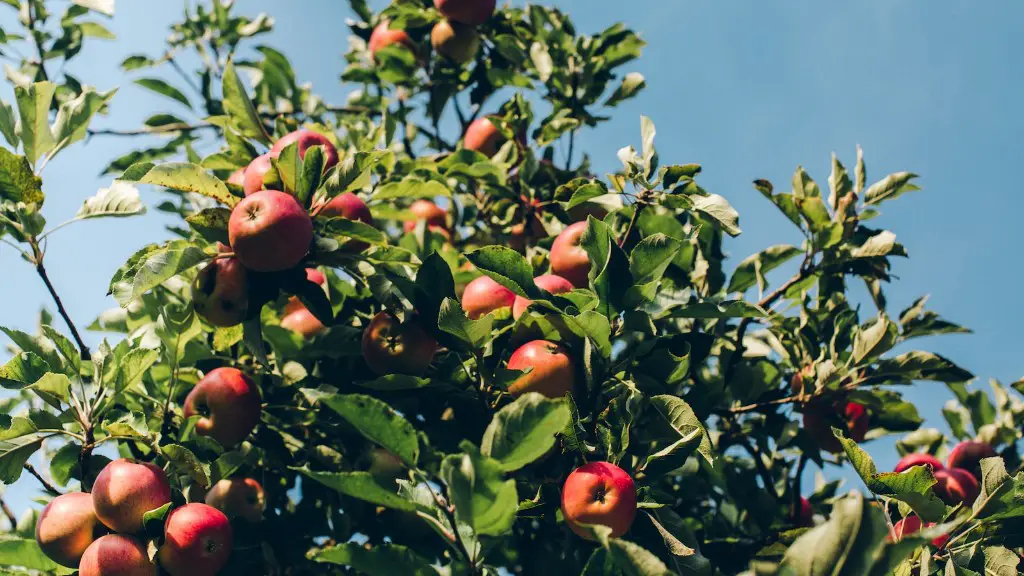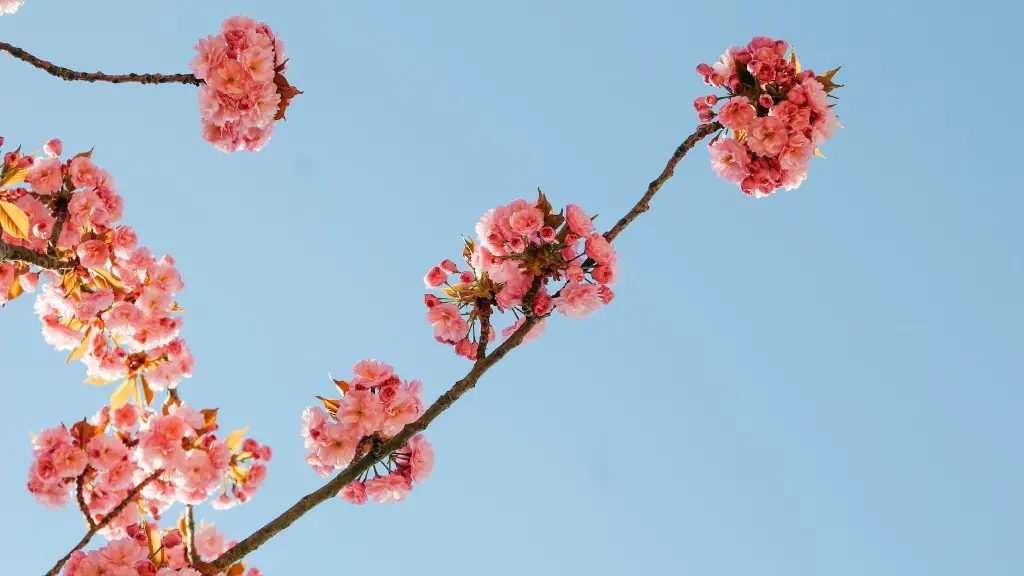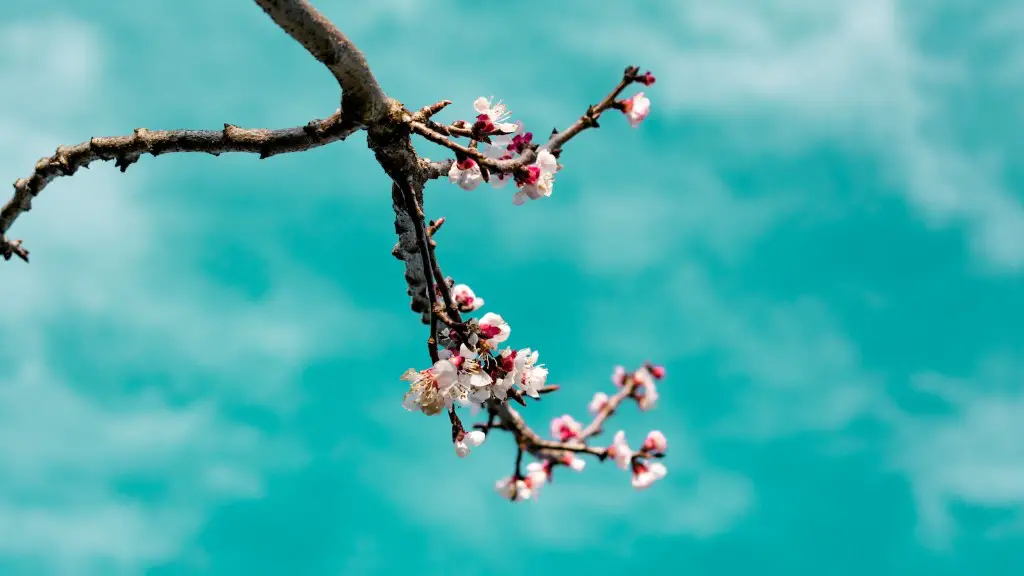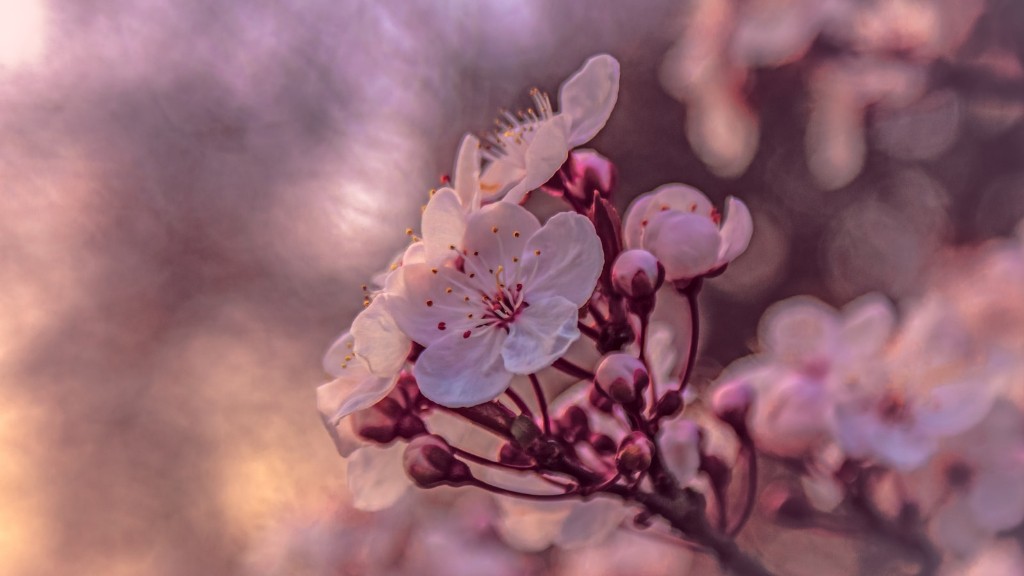It’s heartbreaking to find out that my beloved apple tree is dying. I haven’t been able to pinpoint exactly why, but there are some key signs that point to a few potential causes. I have outlined these causes in this post and have also given the preventative measures that I can take to protect my tree from further damage.
The most likely cause of the death of my apple tree is pests and disease. Since apple trees are susceptible to many fungal and bacterial diseases, it’s important to carefully monitor for signs of infection. Common signs of disease in apple trees include foliage dryness and discoloration, branch die-back, and fruit-spotting. In addition,other pests like aphids and caterpillars can also cause significant damage and should be removed as soon as possible to avoid further damage.
.
Environmental conditions are also a major factor in apple tree health. Temperature extremes, excessive moisture, and soil erosion caused by heavy rain or flooding can all lead to the death of my beloved tree. To protect it, I should ensure that it is properly rooted in moist well-drained soil, located in a spot with adequate light, and fertilized and pruned on a regular basis.
Finally, improper care is another common culprit in the death of apple trees. Avoiding over-fertilization and excessive pruning is key to keeping my tree healthy. In addition, I must ensure adequate soil drainage and mulching to prevent root rot and decay. If I do find myself needing to prune or trim the tree, I should do so in the early spring or late fall, when the tree can better recover from any cuts.
Root Disease
Root diseases such as root rot and black rot can also cause the death of an apple tree. Root rot is caused by fungi that invade and infect the tree’s root system, resulting in discolored, dry, and dying foliage. Black rot is caused by a fungus that is spread through contact and is a particularly dangerous form of root rot, as it can quickly spread through an entire tree.
The key to protecting my apple tree from root disease is timely identification and treatment. If I begin to notice signs of infection on my tree such as discolored and dry foliage, I should take steps to quickly treat the affected area. This may include applying a fungicide, pruning away diseased branches, and adding more organic matter to improve soil drainage.
I should also try to prevent root disease by planting disease resistant varieties, avoiding overwatering, maintaining a proper balance of nutrients in the soil, and keeping competing weeds and grass away from the tree.
Inadequate Pollination
Insufficient pollination can also lead to the death of my apple tree. Apple trees need a sufficient number of pollinators such as bees and wasps in order to produce fruit. If there is an inadequate number of pollinators in my area, my tree may be unable to bear fruit, resulting in eventual death.
The best way to prevent inadequate pollination is to introduce additional pollinators into the area. I can do this by planting wildflowers that attract beneficial insects such as bees and wasps. Additionally, I should avoid the use of insecticides that could kill off beneficial pollinators. Furthermore, I can also consider introducing managed bee hives in the area in order to ensure adequate pollination.
Finally, I should ensure that my apple tree is planted in a spot with sufficient sunlight, as this will make it more attractive to pollinators. Additionally, I should provide a sufficient source of nectar and pollen, such as other flowering plants nearby, to make sure pollinators have adequate food sources.
Too Much Shade
Apple trees need at least six hours of direct sunlight to thrive, so too much shade can cause them to gradually die. Since apple trees are natively a sun-loving species, they rely heavily on sunlight for growth and production of healthy fruit.
To prevent too much shade from becoming a problem for my apple tree, I should try to keep it out of the shade as much as possible. Planting the tree in an open, sunny spot is necessary for it to receive the maximum amount of sunlight. Additionally, I should keep competing trees such as oaks and pines away from the apple tree so they don’t block out the sunlight.
Finally, I should periodically prune away any overhanging branches or leaves that may be blocking the tree’s access to the sun. This is especially important in the summer months, when the sun is highest in the sky and provides the most amount of sunlight for the tree.
Improper Pruning
Improper pruning can also cause the death of my apple tree. If I prune my tree too late in the season, or remove too many branches at once, it can lead to excessive stress on the tree and eventually death. Pruning should be touched in only when absolutely necessary, and needs to be done properly in order to ensure the health of my tree.
When pruning my apple tree, I need to be careful to only remove the diseased or dead branches. I should also never prune more than one-third of the tree each time and should use hand pruners rather than power tools. Additionally, I should never prune the tree during periods of extreme temperature or drought as this can further stress the tree.
Finally, I should also make sure that I mulch the base of the tree after pruning. This will help to prevent diseases from entering the tree and make it easier for the tree to recover from any injuries.
Too Much Water
Excessive watering, or soil that stays too wet for too long, can also cause the death of my apple tree. Apple trees need regular and consistent watering, but too much water can cause the tree’s root system to rot, leading to eventual death.
The key to preventing this is to ensure that my tree is planted in soil that has proper drainage. I should also test the soil with a moisture meter and water the tree only when the soil is slightly dry. Additionally, I should avoid over-fertilizing, as this can result in an influx of water and can further aggravate root rot.
Finally, I should also use good mulch and cover the base of the tree. Mulch will help the soil to drain more efficiently and will reduce the amount of water the tree needs. Be sure to keep the mulch away from the trunk of the tree though, as this can encourage fungal growth.




